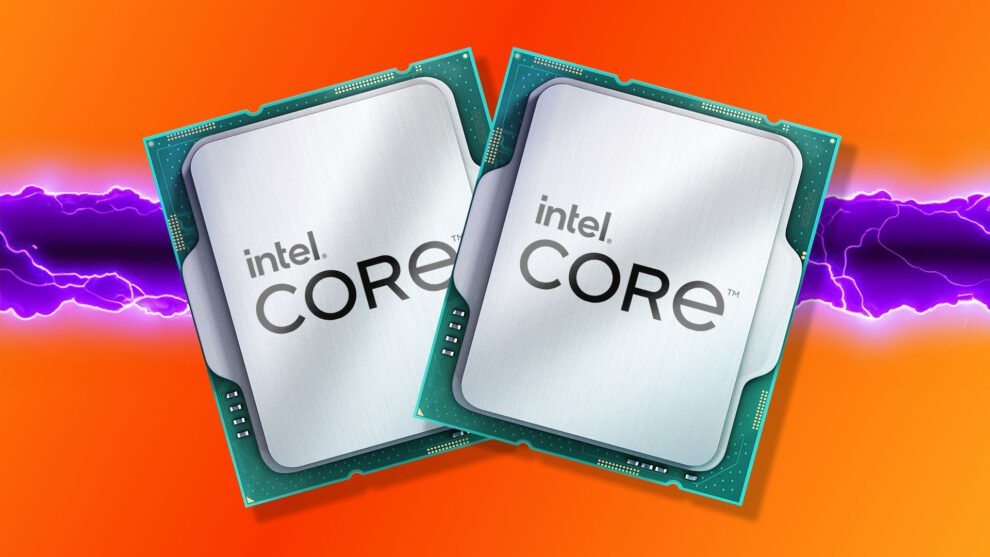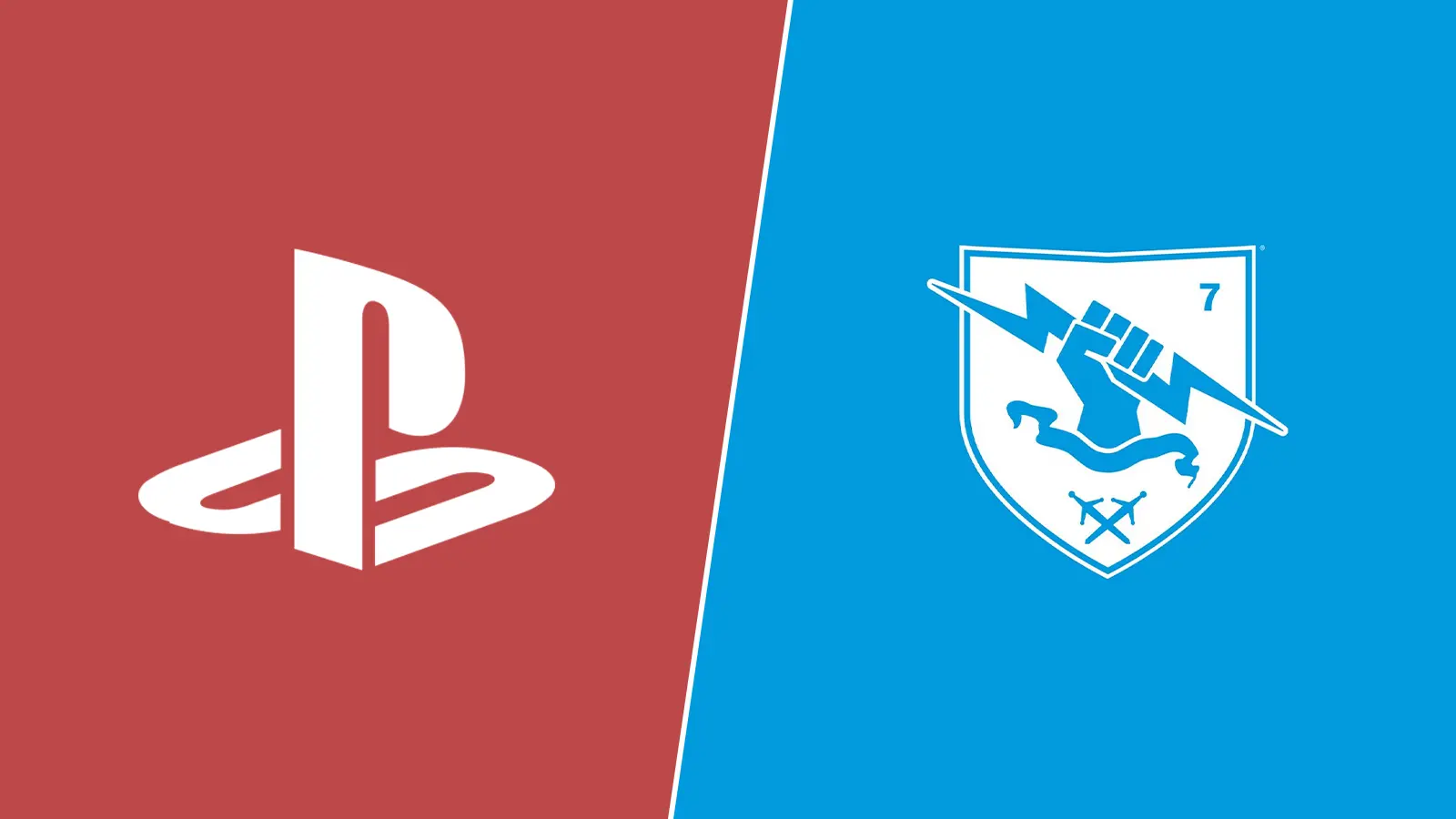Intel’s latest processors have been making headlines, and not always for the reasons they’d hoped. Early benchmarks showed Arrow Lake lagging behind competitors like AMD’s Ryzen chips in raw gaming performance. This came as a surprise to many, considering the hype surrounding Intel’s new architecture. However, a closer look reveals a different story – one where the unsung heroes are the humble E-cores.
I’ve always been fascinated by how technology evolves. Remember when CPUs were all about single-core performance? Now, it’s a multi-core world, and Intel’s hybrid architecture is a prime example. Arrow Lake combines Performance-cores (P-cores) for heavy lifting with E-cores for background tasks and efficiency. And these aren’t the same E-cores we saw in previous generations. Intel has significantly redesigned them, resulting in a dramatic performance boost.
- E-core Evolution: Think of it like this: the previous E-cores were like your trusty old bicycle – good for getting around, but not winning any races. Arrow Lake’s E-cores are more like an electric bike – still efficient, but with a powerful boost when you need it.
- Power Efficiency: In a world increasingly concerned with energy consumption, Arrow Lake’s E-cores shine. They sip power compared to the P-cores, which translates to longer battery life in laptops and lower electricity bills for desktops.
- Multitasking Marvel: With more E-cores than ever, Arrow Lake excels at handling multiple tasks simultaneously. Whether you’re browsing the web with dozens of tabs open, streaming music, and editing photos, these E-cores keep everything running smoothly.
But what about gaming? It’s true that Arrow Lake isn’t dominating the gaming charts. However, the E-cores still play a crucial role. They handle background tasks, freeing up the P-cores to focus on the game. This can lead to smoother gameplay, especially in CPU-intensive titles.
Some key takeaways from my research and observations:
- Don’t judge a CPU by its gaming benchmarks alone. Arrow Lake’s strengths lie in its hybrid architecture and overall performance.
- E-cores are no longer just supporting players. They’re a crucial part of the CPU’s performance, especially for multitasking and efficiency.
- The future of CPUs is hybrid. Intel’s approach with Arrow Lake is likely a sign of things to come.
While Arrow Lake may not be the undisputed gaming king, it’s a compelling step forward in CPU design. And those E-cores? They deserve a gold star for their impressive performance and efficiency.



















Add Comment